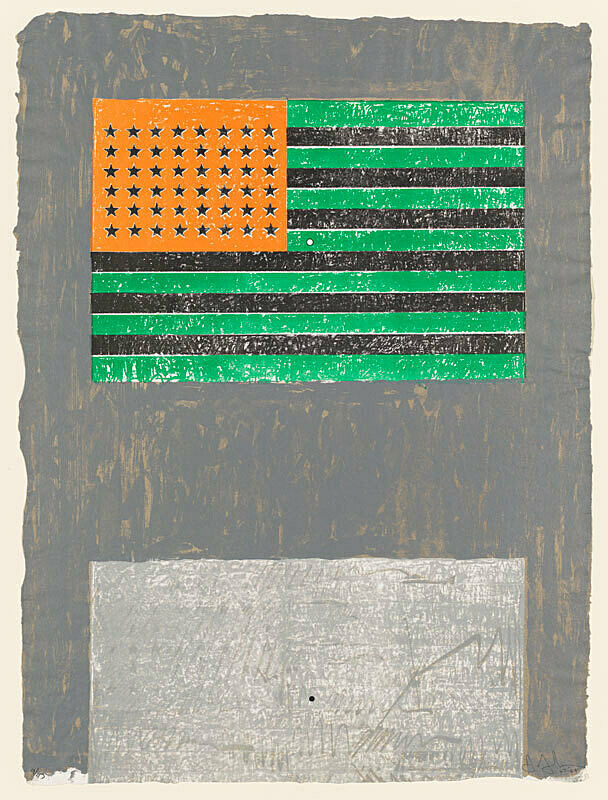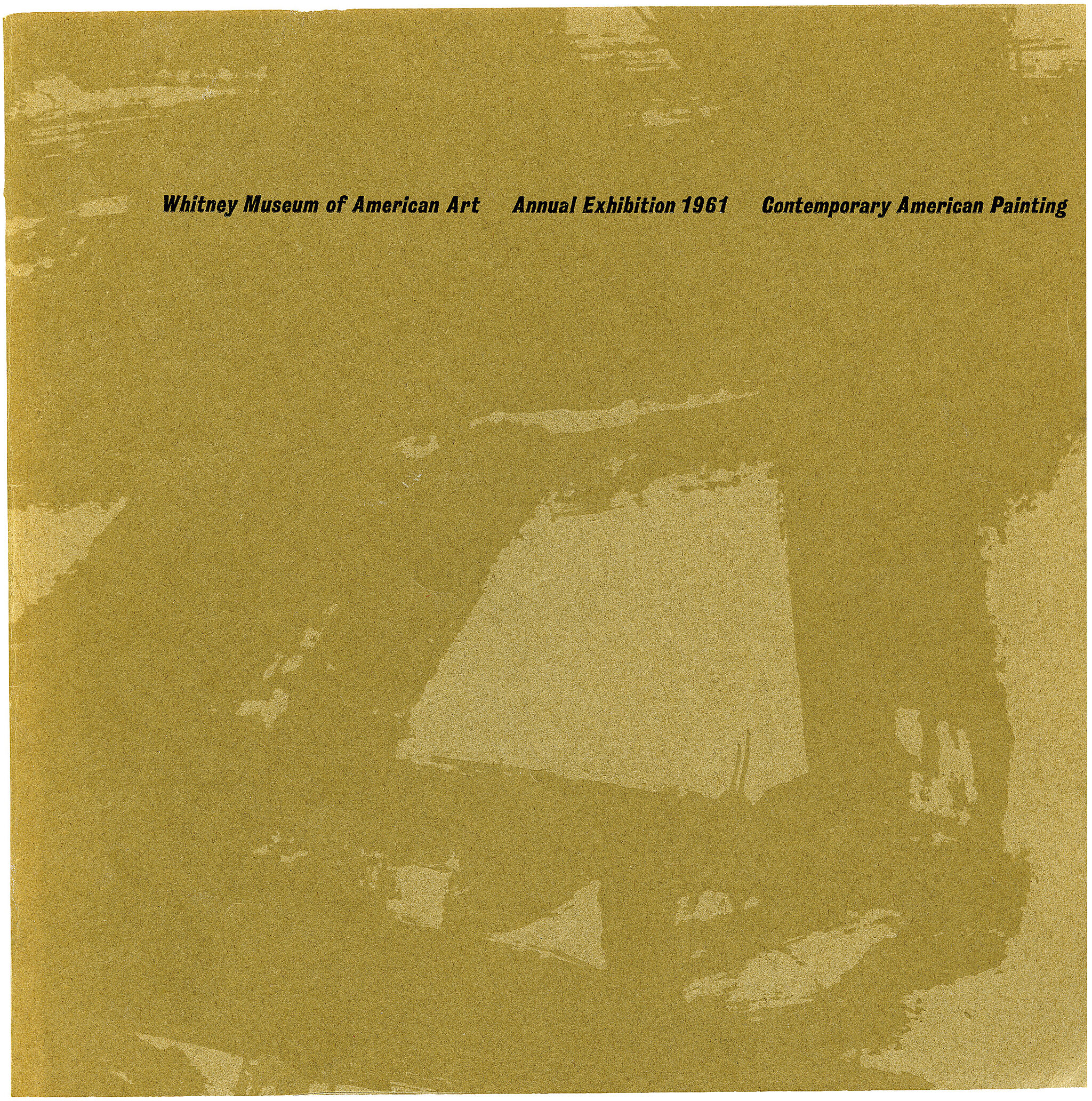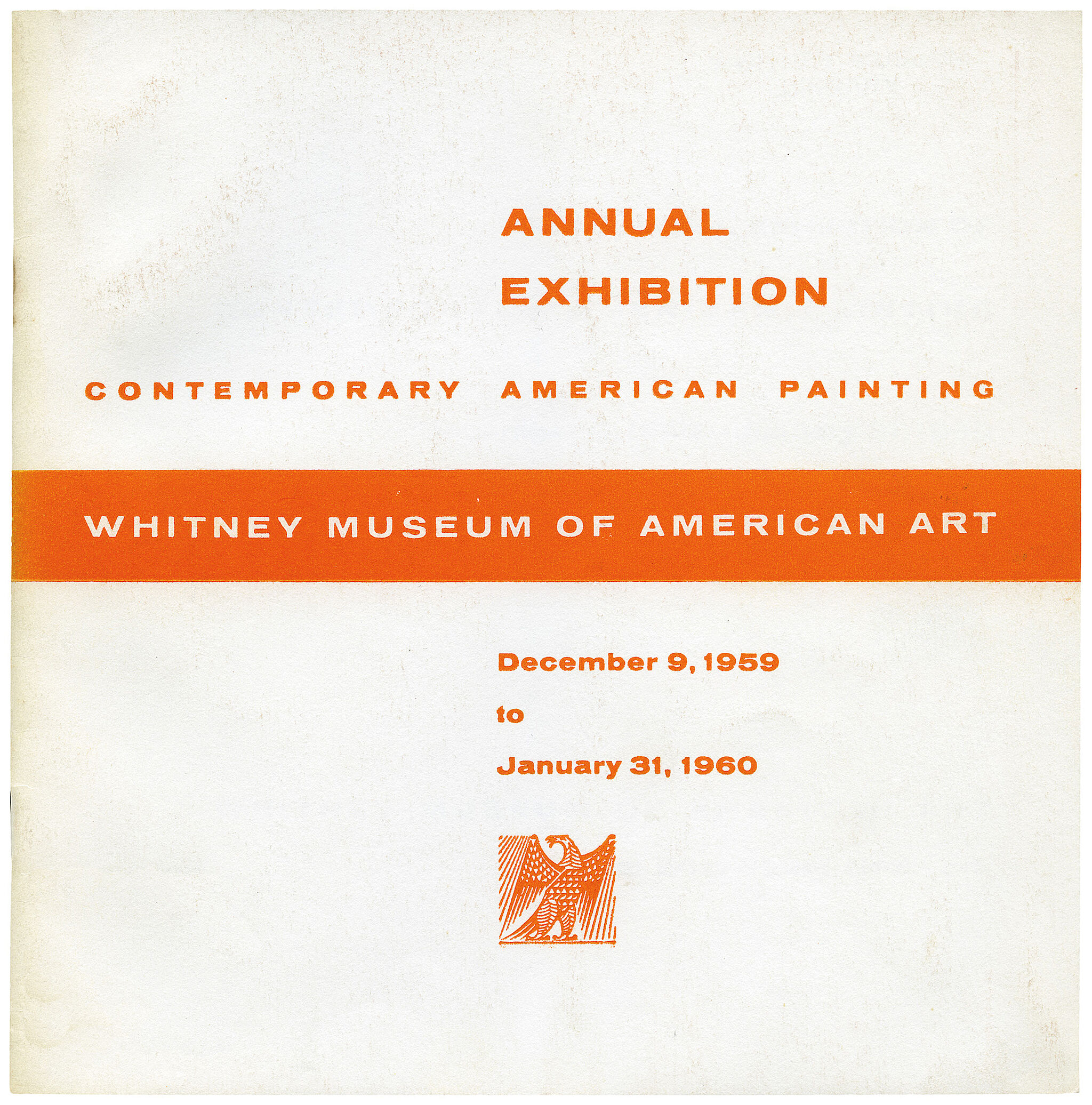Jasper Johns
1930–
Introduction
Jasper Johns (born May 15, 1930) is an American painter, sculptor, draftsman, and printmaker. Considered a central figure in the development of American postwar art, he has been variously associated with abstract expressionism, Neo-Dada, and pop art movements.
Johns was born in Augusta, Georgia, and raised in South Carolina. He graduated as valedictorian from Edmunds High School in 1947 and briefly studied art at the University of South Carolina before moving to New York City and enrolling at Parsons School of Design. His education was interrupted by military service during the Korean War. After returning to New York in 1953, he worked at Marboro Books and began associations with key figures in the art world, including Robert Rauschenberg, with whom he had a romantic relationship until 1961. The two were also close collaborators, and Rauschenberg became a profound artistic influence.
Johns's art career took a decisive turn in 1954 when he destroyed his existing artwork and began creating paintings of flags, maps, targets, letters, and numbers for which he became most recognized. These works, characterized by their incorporation of familiar symbols, marked a departure from the individualism of Abstract Expressionist style and posed questions about the nature of representation. His use of familiar imagery, such as the American flag, played on the ambiguity of symbols, and this thematic exploration continued throughout his career in various mediums, including sculpture and printmaking.
Among other honors, Johns received the Golden Lion at the Venice Biennale in 1988, the National Medal of Arts in 1990, and the Presidential Medal of Freedom in 2011. He was elected to the American Academy of Arts and Letters in 1973 and the American Philosophical Society in 2007. He has supported the Merce Cunningham Dance Company and contributed significantly to the National Gallery of Art's print collection. Johns is also a co-founder of the Foundation for Contemporary Arts. He currently lives and works in Connecticut. In 2010, his 1958 painting Flag was sold for a reported $110 million in a private transaction, becoming the most expensive artwork sold by a living artist.
Wikidata identifier
Q155057
Information from Wikipedia, made available under the Creative Commons Attribution-ShareAlike License. Accessed July 22, 2024.
Introduction
American painter, sculptor, and printmaker who was one of the leaders of the Pop Art movement of the late 1950s and early 1960s. He is best known for his images of targets, flags, maps, and other instantly recognizable subjects. Although he attended the University of South Carolina for over a year and later briefly attended an art school in New York, Johns is largely considered a self-taught artist.
Country of birth
United States
Roles
Artist, assemblage artist, collagist, graphic artist, illustrator, lithographer, painter, pastelist, photographer, sculptor
ULAN identifier
500022247
Names
Jasper Johns
Information from the Getty Research Institute's Union List of Artist Names ® (ULAN), made available under the ODC Attribution License. Accessed July 22, 2024.









































